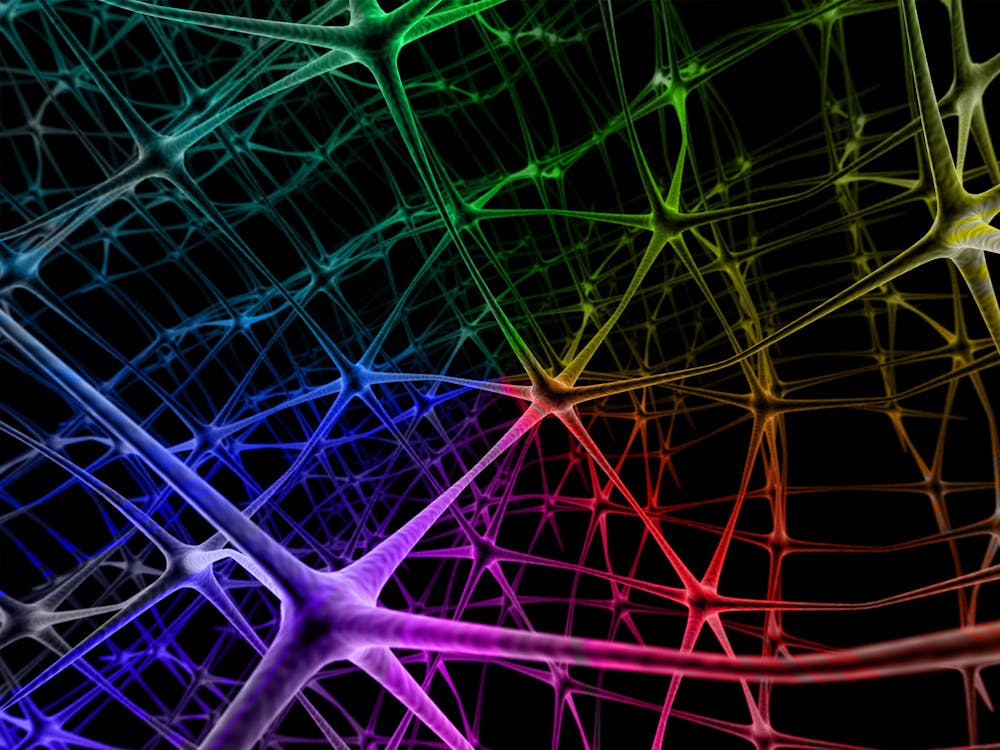Yuehan Liu is a fifth-year doctoral candidate affiliated with the Biophotonics Imaging Technology Lab (BIT) advised by Xingde Li. She recently gave a talk at SPIE Photonics West BiOS entitled "Two-photon fiberscope with a proactive optoelectrical commutator for rotational resistance-free neuroimaging in freely-behaving rodents." Her talk focused on the recent progress of non-invasive imaging technologies that could revolutionize the study of brain function and diseases.
Biophotonics is an interdisciplinary field that applies photonics — the branch of physics dealing with the creation, transmission, manipulation and reception of light — to biology-related studies, particularly in neuroscience. At the core of biophotonics is the use of photons and optical imaging techniques to study cells and tissue. Unlike traditional biopsy, which requires the extraction of sample cells for examination, biophotonics allows biological cells to be examined while keeping their integrity so that they can be monitored in real time.
"Biophotonics provides alternatives to traditional imaging methods like X-rays or ultrasound. The technology offers a real-time, non-invasive look at biological tissues — with less risk and higher resolution images than ultrasound — and offers advantages over other techniques that might be harmful or require longer processing times," Liu said in an interview with The News-Letter.
Historically, to image live rodents, researchers have had to fix their heads on a stationary bench top to be examined under microscopes. For studies of non-stationary behavior, their heads have to be fixed the entire time, which is suboptimal. Liu highlighted the critical need for advanced optical imaging tools capable of capturing detailed neuronal activity in live, freely moving mice.
"When neuroscientists edit certain genes in mice that are believed to influence behavior, learning or memory, they want to see how these changes manifest in the mice's behavior," she said. “Traditional methods, which require animals to be immobilized, drastically alter their natural behaviors and lead to skewed or unrepresentative data."
Liu's work with the FiberScope, a two-photon microscope, overcomes the constraints of traditional fixed imaging setups. With its compact design that fits all lenses and sensors inside a tube, the FiberScope is small and lightweight yet does not compromise on its ability to produce fast, high-resolution imaging comparable to standard-size microscopes.
Moreover, Liu and her team have optimized the FiberScope to provide an enlarged field of view with increased scanning range and speed that allows fast and stable imaging of multiple planes. With it, scientists can now observe over a thousand neurons simultaneously, offering insights into neuronal networks in a naturalistic setting.
"It's a revolutionary technique that allows us to watch neurons firing in living and freely moving rodents in real time, which is a game changer for studying the brain's communication pathways and animal behavior at the cellular level," Liu explained.
The work is laborious, and the success of such sophisticated optical instruments demands extreme precision for each minute component.
"Making instruments like the FiberScope is more than designing a theoretical optical system; it demands a meticulous level of dexterity and precision that brings it to reality. The lenses we work with are tiny, and every single one needs to be aligned with exacting accuracy. A slight misalignment would render the entire system futile," she said.
Currently, the FiberScope is mostly used to aid basic neuroscience studies, diagnose diseases and create disease models. Yet, the implications of Liu's research extend beyond academic interest, as biophotonics holds promise for enhancing clinical practices, particularly in guiding neurosurgical procedures and improving early disease detection. Still, there is a long way to go from animal tests to being able to apply this technology to humans.
"We're always pushing the boundaries of what's possible with biophotonics. It’s truly exciting that our research can facilitate neurological research to advance our understanding of the brain," Liu said.





